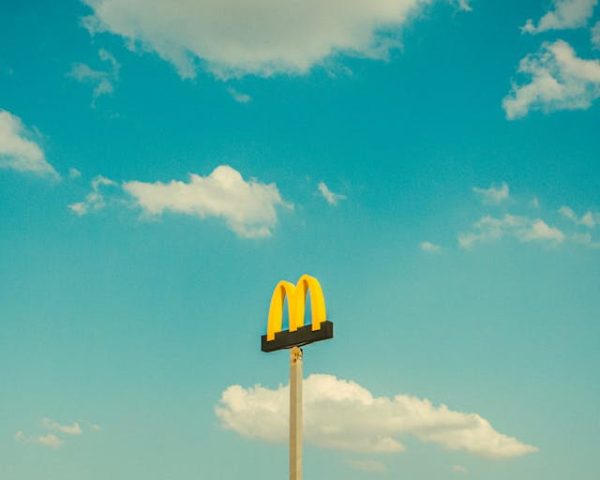Influencer marketing used to be simple: Pay the biggest creator with the biggest audience, get the biggest exposure.
But in 2026, brands are abandoning the “reach at all costs” model. Not because influencers stopped working — but because ROI shifted toward smaller creators with deeper trust, narrower audiences, and higher conversion per follower.
The next wave of influence won’t come from people with 2M followers. It will come from people with 8,000 followers who can move 800 people to take action.
The Math Behind the Micro-Influencer Shift
According to 2025 campaign data across 300+ brands:
| Follower Size | Avg Engagement Rate | Conversion Rate |
|---|---|---|
| 1M+ (Mega) | 0.5% – 0.9% | 0.2% – 0.5% |
| 100K – 500K (Macro) | 1% – 2.4% | 0.8% – 1.1% |
| 10K – 50K (Micro) | 5% – 9% | 3.5% – 6.8% |
| 1K – 9K (Nano-Expert) | 7% – 11% | 6% – 12.5% |
The smaller the audience, the closer the relationship. The closer the relationship, the higher the trust. The higher the trust, the higher the conversion.
The New Power Creators Aren’t “Famous” — They’re Useful
The next dominant influencers will be:
- Fitness coaches with 14K followers who convert 200 paid clients
- Finance creators who explain taxes in 30-sec reels
- AI prompt educators selling $49 templates to 1,000 buyers
- Interior designers who turn before/after videos into 5-figure projects
- Real estate pros who convert 5 tenants per week from Instagram Lives
These are not “content celebrities.” They are mini media companies disguised as normal people.
Brands Finally Realized: Reach ≠ Revenue
✅ 1 post from a celebrity: Lots of views, few buyers, high fee
✅ 1 post from a niche expert: Fewer views, high buyer overlap, small fee
Brands no longer need “attention.” They need **targeted attention with a high trust ratio.**
Why Micro-Influencers Work Better in 2026
- They feel human, not commercial
- They reply to comments (algorithm loves it)
- They specialize instead of generalize
- They have real-life authority (not influencer-only identity)
- Followers see them as “someone like me who figured it out”
What Brands Are Now Buying
| Old Influencer Deliverables | 2026 Deliverables |
|---|---|
| 1 sponsored post + 1 story | Reels + UGC + testimonial + affiliate hooks |
| Fixed fee | Revenue share + lead-based payout |
| Audience size | Audience buying intent |
| Public post | Content licensing + whitelisting rights |
Brands are not buying “content.” They are buying **trust that is already built.**
What Creators Should Do If They Want to Win This Shift
✅ Stop trying to grow fast — start trying to grow deep
✅ Build around one problem, not 20 content categories
✅ Post educational content more than “lifestyle content”
✅ Sell something (course, service, PDF, product) before chasing brand deals
✅ Position yourself as a specialist with a POV, not a generic content machine
The most valuable creators in 2026 won’t be the loudest — they’ll be the most referenced.
Where We Track Creator + Brand Economy Trends
We analyze creator monetization models, brand partnership data, platform algorithm shifts, and new digital job markets at emerging creator economy research hub.
Final Thought
The influencer era isn’t ending. It’s evolving into credibility-based influence.
The future doesn’t belong to people with the biggest audience — It belongs to people with the **smallest audience of buyers.**

